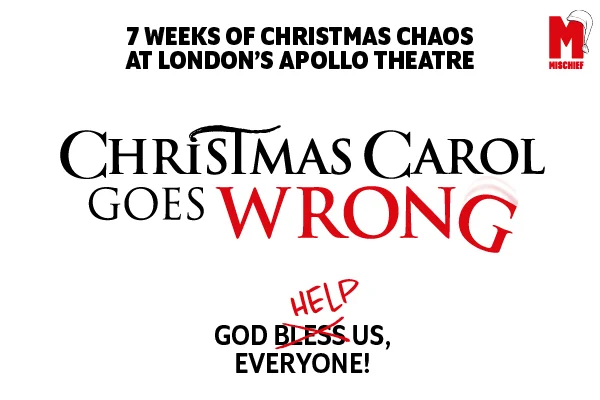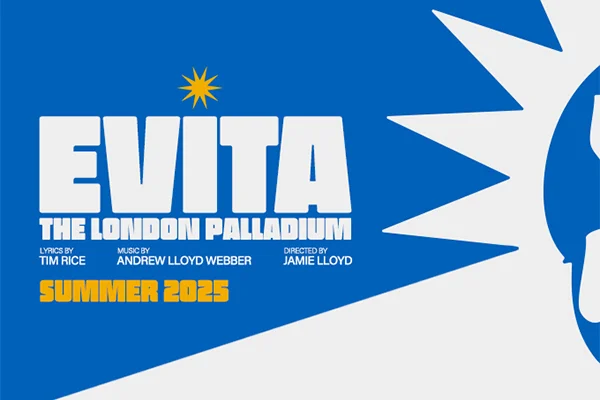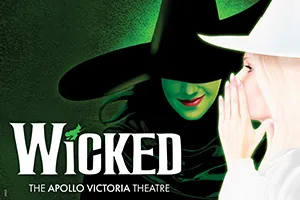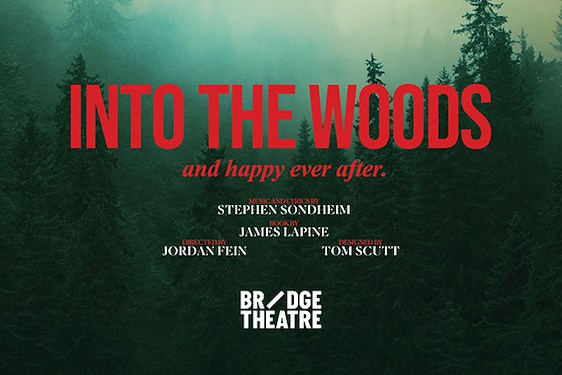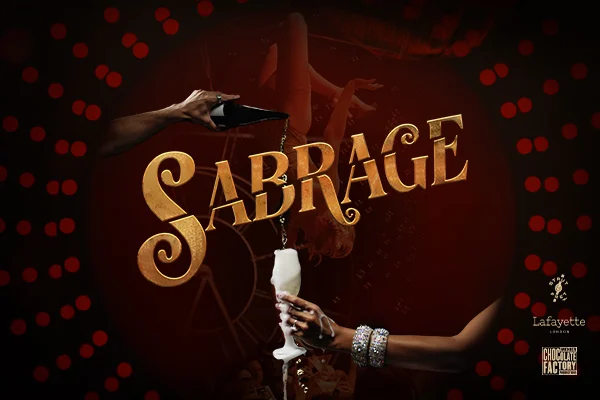Presented by Root Experience, Hidden Stories is back in its hometown of Brighton for an informative and uplifting day at the Jubilee Library. Hidden Stories shines a light on the experiences and struggles of people living with ‘invisible conditions,’ which encompass any mental or physical condition not externally ‘obvious’ or ‘seen.’ This can be anything from depression to diabetes, autism, arthritis, HIV, fibromyalgia, OCD and many more.
Stirred up plenty of reflection and thought
Those affected sometimes hide their difficulties due to fearing social implications, such as stigma or judgment. The event shares those experiences and invites us to realise that we aren’t quite as different from each other as we might think. Hidden Stories gives an empowering voice to the unique struggles that we experience, in a way that connects us all. It explores what is ‘normal’ through thoughtfully created interactive exhibits, a conversation table and a playfully illustrated graphic book given free to all visitors.
Through cartoons and illustrations drawn by Tinne Luyten, the free Hidden Stories book powerfully conveys the everyday worlds people living with unseen (or misunderstood) disabilities, the impact of hiding their vulnerability and the sense of isolation it can bring. One illustration shows a person waking up in the morning and getting ready for work, selecting which mask to wear that day. An illustrated story follows the journey of a character as they try new strategies to manage their condition and reach out for support, to live a better life.
The interactive exhibits explored concepts such as the impact of the language we use to define ourselves and the labels we carry. One exhibit had a wall made of wooden blocks with adjectives written on them. It seemed to symbolise the building blocks that form who we are and invited us to consider whether the words we use to describe ourselves are limiting, or inspire us to be our best self. Another exhibit reflected on the labels we give ourselves (or that others give us) and whether they are supporting or limiting. Easily missed at the entrance of the Library was a small photography display. Taken by Sarah Hickson, the images are anonymous (not showing the subject’s faces) yet feel deeply personal and spark the untold stories in each of us.
A particularly poignant part of the exhibit allowed visitors to read letters written by people with experience of invisible conditions. Each told a unique story of struggle and hope, with feelings that each of us can relate to. The result is a depiction not just of an invisible condition, but of the human condition. The tactile way the letters had to be unpegged and individually opened from the golden envelopes to read, made them feel all the more personal.
While the interactive exhibits stirred up plenty of reflection and thought, the ‘conversation table’ made the essence of Hidden Stories come to life. This was a large table with with two friendly volunteers and plenty of free chairs where anyone could sit down and chat. A few of us took a seat, and within seconds, we were having a good old chat like we’d all known each other for years. Occasionally, we’d turn over one of the conversations cards scattered on the table with prompts such as, ‘What’s the difference between an illness, condition or disability?' We talked about how words such as disability often carry assumptions that can be unhelpful, and how being misunderstood can lead us to hide how we feel, which can makes us feel worse. We talked about what makes us ‘us,’ and how we’re all on a continuum; neither sane nor mad but everything in-between. We also chatted about everything from vintage cars to baking cakes... because we’re human and unique and we all proudly live on 'Planet Not-Normal'.
Without realising, we’d been happily chatting away for an hour. It just shows that when the right space is created, a group of strangers can instantly relate on a deeply personal level. All it takes is a desire to listen. We all carry hidden stories; they’re part of who we are, and what connects us.









